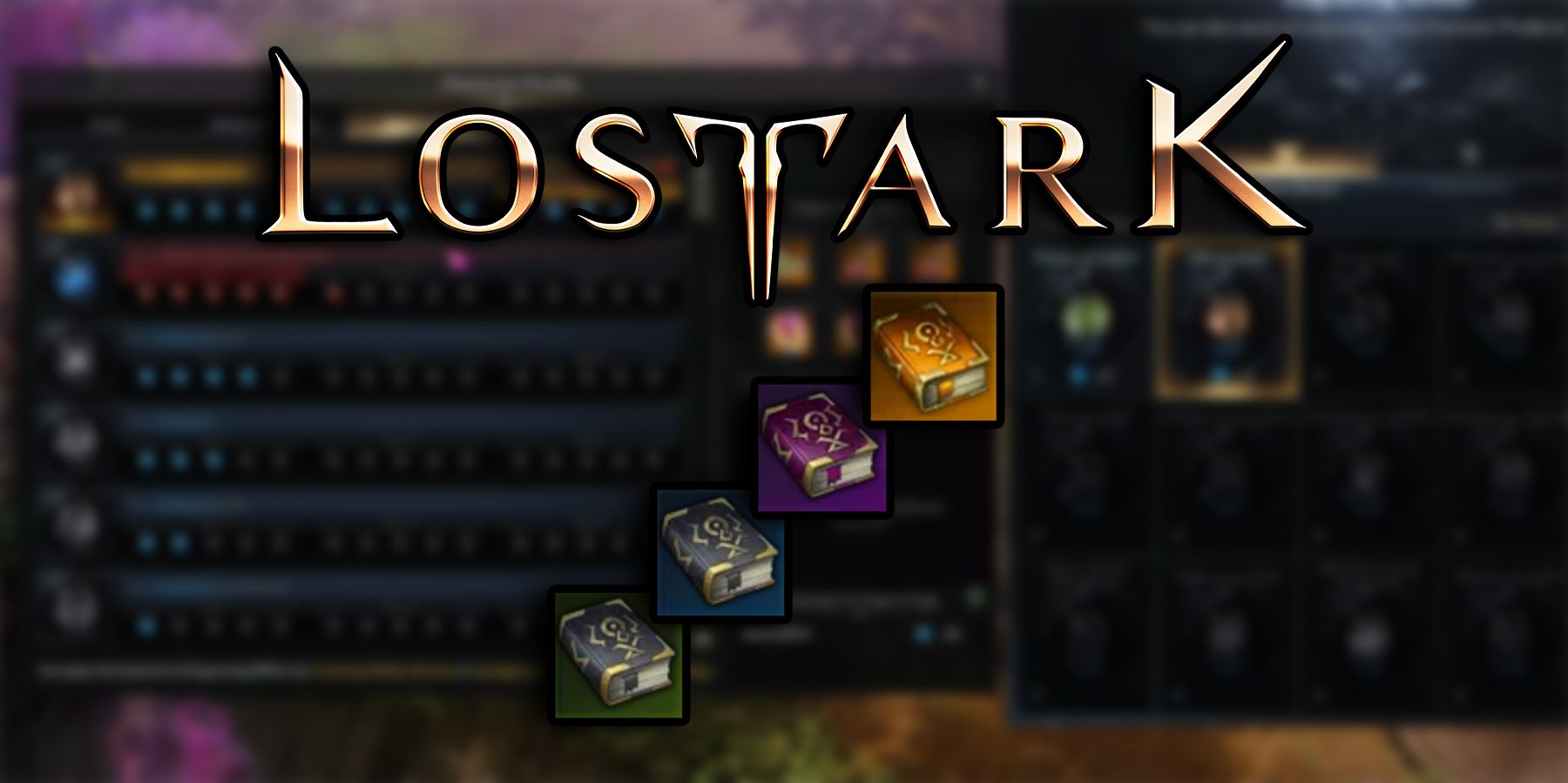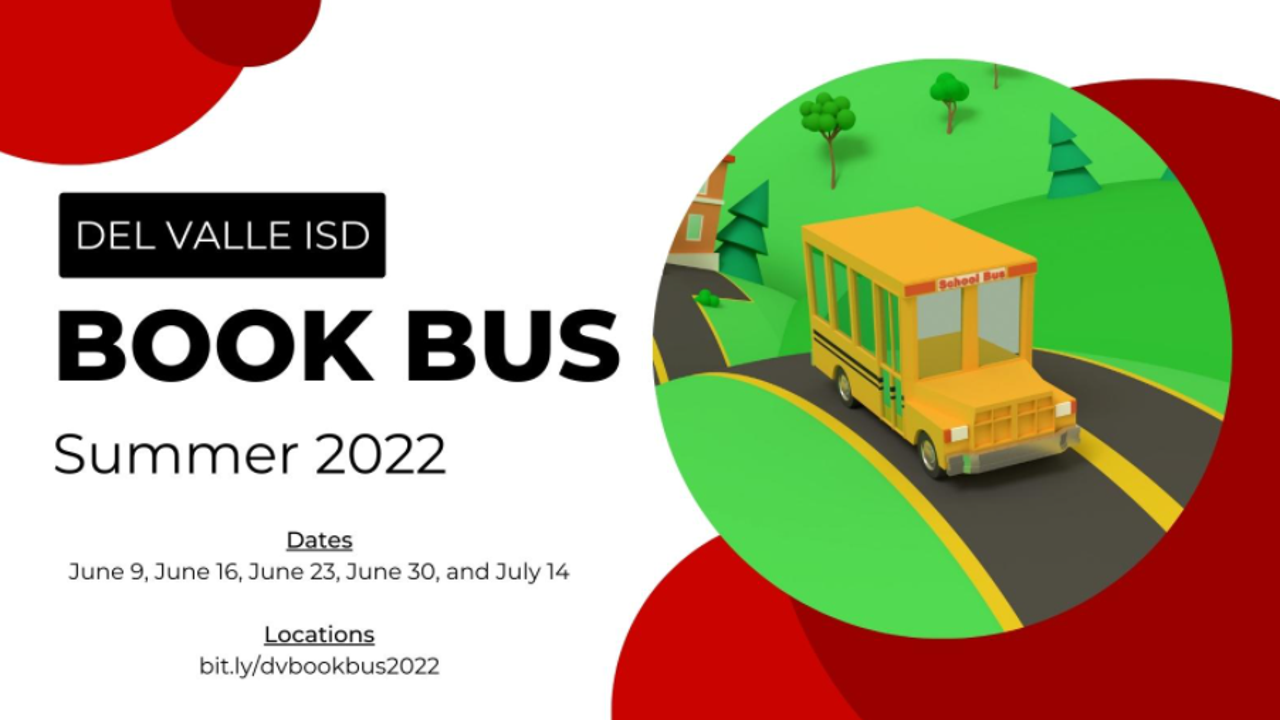BERLIN (AP) – Germans go to the polls on Sunday to elect a new parliament and produce a new German leader after 16 years at the helm of Angela Merkel. Merkel has decided not to run for a fifth term and the election campaign has largely focused on the three candidates hoping to succeed her.
Here’s a look at the ups, downs and unforeseen events of the last German campaign:
WHAT IS HOT, WHAT IS NOT
Climate change rose to the top of Germany’s political agenda over the summer, following the deadly floods that hit western Germany in July and which experts say will become more likely if global warming continues.
The issue was hotly debated during televised election debates, with the three main candidates drawing up different plans to tackle climate change.
While Merkel’s center-right Union bloc and its main candidate, Armin Laschet, want to focus on technological solutions, the center-left Social Democrats led by current Finance Minister Olaf Scholz have emphasized. the need to protect jobs from loss as Europe’s largest economy leans towards a carbon neutral future.
The Greens, who have made the issue their main campaign topic, have pledged to do everything to put Germany on the right track to achieve the goals of the Paris climate agreement. They want to achieve this by raising carbon prices, requiring solar panels on all new public buildings, and ending the use of coal eight years earlier than expected.
Foreign policy, including the future of the European Union, received relatively little attention during the campaign. Although Berlin’s allies have long called on Germany to show more leadership on the international stage, all three candidates have refrained from presenting radical foreign policy visions.
___
DO NOT LAUGH ANYMORE
One image that will remain in the minds of many voters is that of Laschet laughing in the background during a grim visit by the German president to the flooded region. Laschet, who is governor of the hard-hit state of North Rhine-Westphalia, then expressed regret for the incident.
___
BOOK BLOOPER
Greens candidate Annalena Baerbock and Union bloc Laschet found themselves red over revelations that they had been frugal in crediting the sources they relied on for their books. The mistakes gave Scholz a further boost, whose dry, pragmatic image helped propel his party to the top of the polls a month before the election.
___
QUESTIONS FOR CHILDREN
The three contestants arguably faced the toughest questions of two 10-year-olds who interviewed them in a play tent full of toys.
As Baerbock scrambled to explain his green tax policies to children, Laschet raised an eyebrow defending his cigarillo habit with the words, “I don’t inhale.
Scholz was forced to explain to his underage investigators why the German government failed to do more to prevent migrants, including children, from drowning in the Mediterranean Sea on their way to Europe.
___
CHILDREN VOTE
Nine days before the official vote, 250,000 pupils under the age of 18 were allowed to vote for their favorite party in a mock election in schools across Germany.
The result showed a narrow victory for the Greens, ahead of the Social Democrats and Merkel’s Union bloc. In practice, however, the German elections are heavily biased in favor of the older generations. The first-time voters will represent less than 5% of the electorate of 60.4 million people on Sunday.
___
COLORS OF THE GOVERNING COALITION
What do Jamaica and Kenya have to do with the German elections? Because each party in Germany is associated with a particular color, the flags of both countries are widely used as shorthand for specific alliances that could form a coalition government after elections.
A “German coalition” would see Merkel’s center-right Union bloc (black) joining forces with center-left Social Democrats (red) and free-market Democrats (yellow). Under “Jamaica”, the Social Democrats would be replaced by the Greens.
If the Greens join the current “grand coalition” of the Union bloc and the Social Democrats, they will form a “Kenya” coalition of black, red and green.
To add to the dizzying array of color-coded government options, a “traffic light” from the Social Democrats, Free Democrats and Greens is also possible, as is a “red-red-green” alliance of the socials. -democrats, greens and the left party. That’s because the left also traditionally claims a slightly different shade of red.
___
A LITTLE PROBLEM…
Opinion polls show that smaller parties get more support than in many previous German elections, undermining the votes of bigger rivals and making it harder to form a governing coalition. A small party that could re-enter the German parliament for the first time since 1949 is the Association of Voters of South Schleswig, or SSW. Election authorities say that as a party representing the Danish minority in Germany it does not need to reach the usual 5% threshold.
___
… AND A BIG
Whoever wins Sunday’s election, experts say Germany’s next parliament will likely be bigger than ever. Election rules mean the current 709-seat Bundestag could grow to 800 or more seats, making it even heavier than it already is.
___
Follow AP’s coverage of the German elections at https://apnews.com/hub/germany-election
 Zoo Book Sales
Zoo Book Sales



